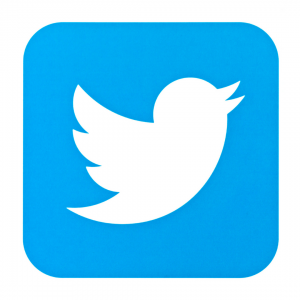Take a look as we dive into Twitter’s Algorithm.
Understanding social media algorithms is crucial for marketing, since it can have a huge impact on your brand’s reach. We’ve discussed Facebook’s and Instagram’s Algorithm, so now it’s Twitter’s turn.
Getting Started with Twitter’s Algorithm
What do you see when you open up your Twitter timeline? The answer used to be easy – the latest tweet from an account you follow.
But the move towards algorithms has caused many brands’ organic reach to decline. It’s been over two years since Twitter changed their time line from chronological to algorithm-based.
If you’re still at a loss with Twitter’s Algorithm, or you’re looking for a quick re-fresh, then stay tuned and pay attention.
Twitter published a pretty detailed guide to their algorithm in May 2017, which you can read here. But be warned it isn’t exactly an easy read. We’ve summed up the main points to save you a considerable amount of time.
 Your Twitter Timeline
Your Twitter Timeline
Your Home timeline presents a stream of Tweets from accounts that you follow on Twitter. Tweets that you most likely want to see (we’ll talk more about that later) will be displayed at the top.
You could be shown a summary of Tweets you might have missed, labelled ‘In case you missed it’.
Like Instagram and Facebook, Twitter shows you promoted Tweets (basically ads) and shared content from accounts you follow (Retweets). You could see tweets from accounts you don’t follow too, if the content is popular or relevant to you.
How Twitter Scores Your Tweets
Twitter’s Algorithm is like a scoring system. Based on the people you follow, Twitter decides what will be most relevant to you.
“Every time you open your phone or refresh your timeline, we score every Tweet from the people you follow since your last visit to determine what Tweets to show you at the top.”
To determine whether a Tweet would be engaging to a specific timeline, Twitter considers three main characteristics:
- – The Tweet: recency, presence of image or video, engagement levels (e.g. number of Retweets or likes)
- – The Tweet’s author: how you have engaged with them in the past, your connection with them and origin of your relationship
- – You: what you’ve found engaging in the past and your frequency on Twitter
So, from Twitter’s model you should consider …
- – Engagement with your audience
- – Past interactions with your followers
- – The way your relationship formed
What’s Next?
Twitter are hoping to make further improvements to their platform, which is the whole reason they launched the Algorithm in the first place.
“In the field of machine learning, deep learning and the development of AI-related work these last few years has led to an unprecedented (and ongoing) burgeoning of new ideas and algorithms”
They hope to further understand every single Twitter user, Tweet and engagement on the platform to boost the relevancy for everyone.
Why not check out our Digital Marketing Terms Glossary?
About the author:
Marie Harwood is a Digital Marketing Assistant at Different Gravy Digital, Hale, Cheshire.
Different Gravy Digital are a full service Digital Marketing Agency operating in the Hospitality & Leisure, Financial Services, Legal & Property sectors. Products and services range from; 3D & 360° Tours, Website Design & Build, Social Media, Video Production, Search Engine Optimisation (SEO), Content Creation, Email Marketing, Online Feedback / Review Systems and Paid Advertising (Google, Bing and Social Media).
Contact Details:
marie@differentgravydigital.co.uk
0161 706 000
120a Ashley Road, Hale, Altrincham, Cheshire, WA14 2UN